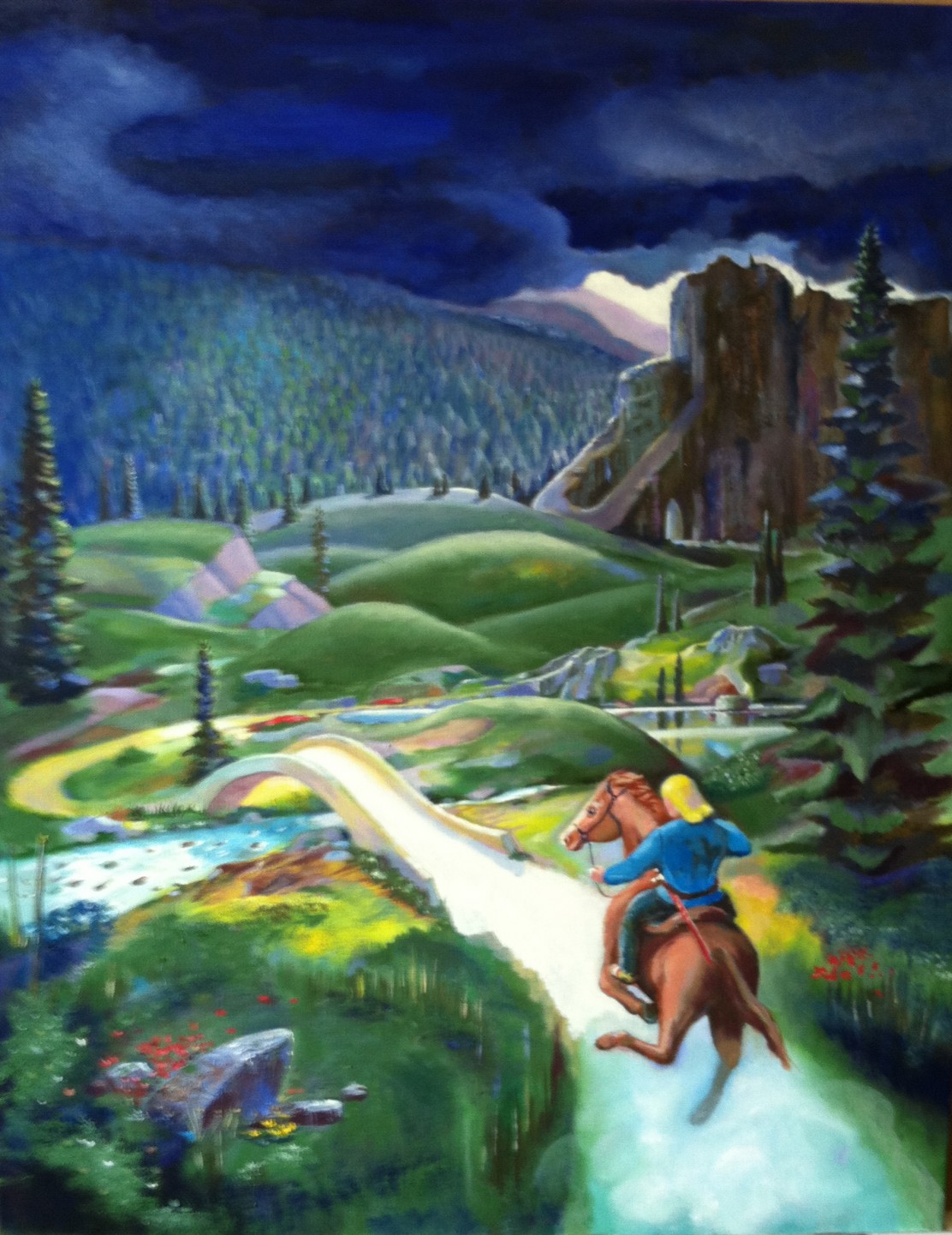The highest point in Damir (14,200 ft.), Mt. Whitehood was appropriately named by Lyndon himself. The snow-capped head of the mountain is visible for well over fifty leagues; even the elves of Merrimont and the dwarves of Chance Rock can see it. The mountain provides a high ground advantage for the city that would be built at the peak’s base. In 440 ACW, the attacking dwarves of Duinmire were forced to take a wide angle of approach because of the steepness of the mountain.
The mountain has been mined thoroughly for its salt by the humans who settled under it, and then later, by immigrant goblins. Some gold deposits have been found, but the mountain’s resources have been partly depleted after four hundred years of continual mining. It was believed by critics for the unification of the human settlements (which became the kingdom of Damir) that the only reason Whitehood wanted to unite was because their resources were dwindling. It is said Whitehood needed resources and the rest of Damir needed leadership.
There is a legend of the mountain which states that at Whitehood’s highest point is a cave, where a great mountain dragon slumbers. The dragon was once believed to be the first ruler of the land, claiming Whitehood as its lair. It would terrorize the indigenous cultures of primeval Damir, including the cyclopsians, but mysteriously ceased its devastating attacks just before Lyndon arrived in 106 ACW. The legend was first told to the templars by the native humans, who Lyndon believed were trying to frighten him off from settling in Damir. However, Lyndon did concede that Mt. Whitehood made him feel “uncertain” and wanted to move on from it.
Argault the Builder, responsible for constructing the great fortress Gilstad, was commissioned by King Valimond in 564 ACW to make blueprints for a majestic castle built up against Mt. Whitehood. Argault, having heard rumors, made a point not to build too far up the mountainside in fear of “waking the fabled dragon.” In 675 ACW, a famed adventurer named Knippler made a daring climb to the summit of Whitehood. Upon his return, Knippler claimed he came face to face with a sleeping dragon and provided some of its scales as proof. But two years later, it was revealed that Knippler never found the cave and instead purchased some scales from a traveling merchant prior to the trek. Knippler was proven a fraud and lynched by an angry crowd.
